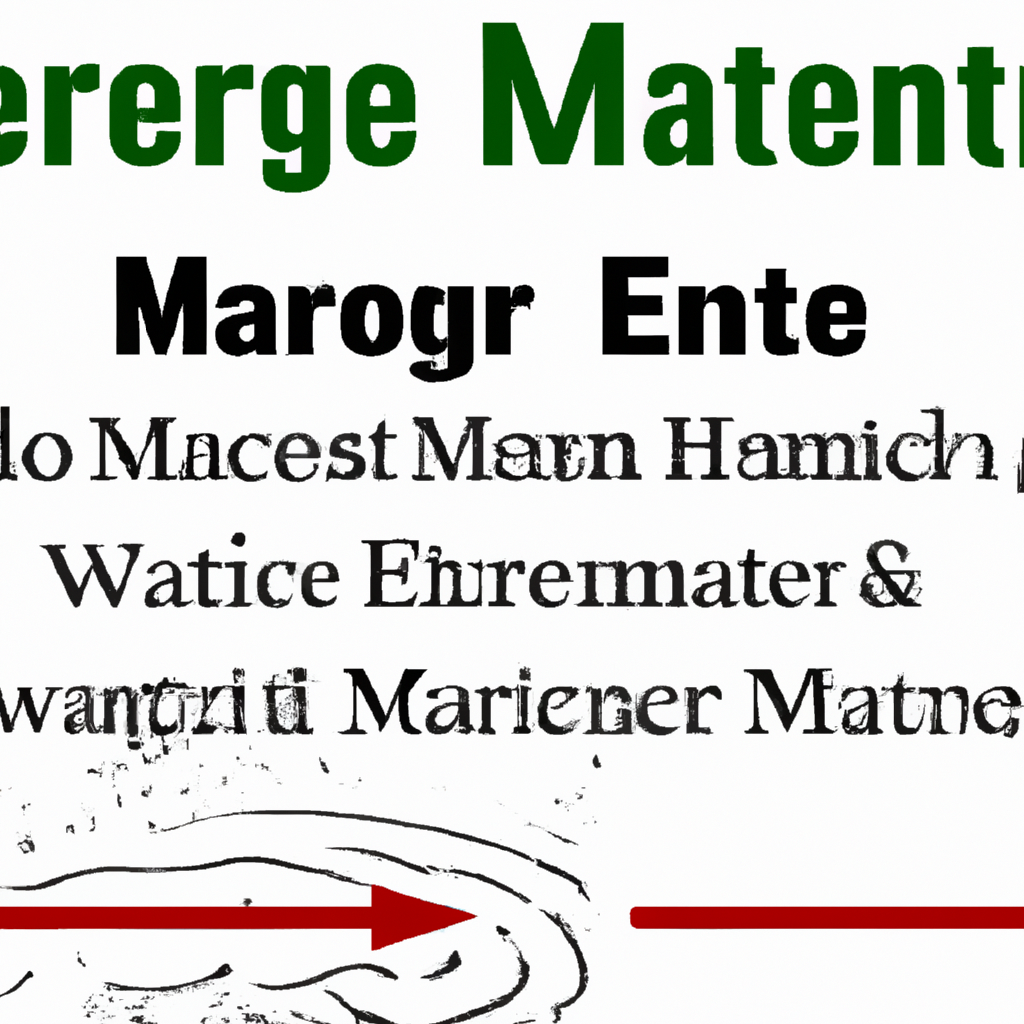When it comes to camping, one of the most important essentials is access to safe and clean water sources. Whether you are a seasoned camper or just starting out, knowing how to find reliable water sources is crucial for your health and well-being. In this article, we will explore some practical tips and techniques to ensure that you can confidently quench your thirst while enjoying the great outdoors.

Finding Water Sources
Researching the Area
When it comes to finding water sources while camping, researching the area beforehand is crucial. Look into the specific location you plan to visit and gather information about the availability of water. Check if there are any streams, lakes, or rivers nearby that provide accessible water sources. Additionally, research the local weather conditions as they can affect the availability of water in the area.
Asking Locals or Park Staff
One of the best ways to find reliable water sources while camping is to ask locals or park staff. These individuals have valuable knowledge about the surrounding area and can provide insights into the availability and quality of water sources. They can inform you about any recent changes in the water sources, such as contamination or dried-up streams. Don’t hesitate to approach them and ask for advice or recommendations.
Identifying Natural Sources
When exploring the camping area, keep an eye out for natural water sources. Look for signs of running or stagnant water, such as sound or reflection. Streams, rivers, and even underground springs can potentially provide you with clean water. However, ensure that you evaluate the water source before using it. We’ll discuss methods for water purification shortly.
Checking Maps and Guidebooks
Maps and guidebooks can be essential tools in finding water sources while camping. They often indicate the presence of water bodies, such as lakes or rivers, in the surrounding area. Study the maps and guidebooks to identify potential water sources near your camping site. Keep in mind that certain water sources may be seasonal, so it’s always best to verify the information through other means as well.
Purifying Water
Boiling the Water
One of the simplest and most effective methods of water purification is boiling. To do this, collect water from a natural source and bring it to a rolling boil for at least one minute. Boiling kills most types of pathogens and makes the water safe to drink. However, it’s important to note that boiling does not remove chemical pollutants or toxins from the water. This method works well when camping near a heat source, such as a campfire or stove.
Using Water Filtration Systems
Water filtration systems are specifically designed to eliminate bacteria, protozoa, and other contaminants from water. They typically consist of a filter element that strains out impurities as water passes through it. Portable water filters are available in various sizes and types, making it convenient to carry them during camping trips. Choose a reliable and effective water filtration system to ensure clean drinking water while camping.
Chemical Water Treatment
Chemical water treatment involves using disinfectant chemicals to kill harmful microorganisms in water. Commonly used chemicals include iodine, chlorine, or chlorine dioxide tablets or drops. These chemicals effectively neutralize bacteria, viruses, and protozoa present in the water. However, follow the instructions provided with the chemical treatment products carefully, as improper usage can result in inadequate purification.
UV Light Sterilization
UV light sterilization is a popular method for purifying water while camping. Portable UV light devices emit ultraviolet radiation that damages the DNA of microorganisms, rendering them harmless. Simply immerse the UV device into a container of water and follow the manufacturer’s instructions for the required exposure time. UV light sterilization is efficient, quick, and does not add any chemicals or flavors to the water.
Storing and Carrying Water
Using Clean Containers
To ensure the purity and safety of your water, it’s essential to use clean water containers. Before leaving for your camping trip, thoroughly wash and rinse the containers with soap and clean water. Rinse them again with a chlorine bleach solution, following the recommended dilution ratio provided by health authorities. This step helps eliminate any potential bacteria or residue that could contaminate your water.
Properly Sealing Water Containers
Properly sealing water containers is crucial to prevent any contamination while camping. Ensure that the lids or caps of your water containers fit tightly and securely. This prevents any unwanted bacteria or debris from getting into your water. Additionally, consider using waterproof or resealable bags to further protect your water containers from moisture or external pollutants.
Securing Water while Hiking
When hiking or moving around your campsite, it’s important to secure your water containers to avoid spills or contamination. Use a backpack with a designated water bottle compartment or consider using a hydration pack specifically designed for outdoor activities. These options allow you to carry your water securely and conveniently, leaving your hands free for other tasks or hiking poles.
Planning Water Resupply
If you anticipate that the available natural water sources may not be sufficient for the duration of your camping trip, plan for water resupply. Research nearby towns or campsites where you can refill your water containers. This will ensure that you have enough water to sustain yourself throughout the camping trip, especially if you’re camping in arid or remote locations.
Preventing Contamination
Avoiding Cross-Contamination
To prevent cross-contamination, always use separate containers or utensils for collecting, storing, and drinking water. Resist the temptation to dip your drinking bottle or cup directly into a water source, as it can introduce bacteria or pollutants. By minimizing contact between your water containers and the water source, you reduce the risk of contamination and ensure the cleanliness of your drinking water.
Proper Hand Hygiene
Maintaining proper hand hygiene is crucial to prevent water contamination while camping. Before collecting or handling water, always wash your hands thoroughly with soap and clean water. If soap and water are not readily available, use hand sanitizer that contains at least 60% alcohol. Clean hands help minimize the transfer of germs and bacteria to the water and promote overall hygiene in the camping environment.
Protecting Water Sources
To preserve the cleanliness and sustainability of water sources, it’s essential to implement practices that protect them. Avoid throwing any waste, including food scraps or packaging, into water sources. These can introduce pollutants and harm the ecosystem. Additionally, always follow Leave No Trace principles and dispose of waste properly, away from water sources, to avoid any contamination risks.
Waste and Sanitation Management
Proper waste and sanitation management play a significant role in preventing water contamination. Dispose of human waste in designated facilities or dig catholes following the Leave No Trace guidelines. Ensure that the waste is at least 200 feet away from water sources to avoid contamination. For all other waste, practice responsible garbage disposal by securely bagging and properly disposing of it in designated areas.

Additional Tips
Pack Water Purification Tablets
In addition to your primary water purification method, consider packing water purification tablets as a backup. These tablets are lightweight, compact, and easy to use. Having them readily available provides peace of mind in case your primary purification method fails or in emergencies.
Carrying a Portable Water Filter Straw
A portable water filter straw is an excellent tool for on-the-go water purification. It allows you to drink directly from natural water sources while removing harmful bacteria and contaminants. The compact size of these straws makes them convenient to carry during hikes or excursions away from your camping site.
Using Natural Indicators
Nature itself can provide indicators of clean water sources. Look for flowing water, such as a babbling brook or a swiftly moving stream. Clear, visibly clean water is generally safer to use than stagnant or murky water. However, remember that natural indicators are not foolproof, and it’s always advisable to purify any water you collect, regardless of its appearance.
Seeking Advice from Experienced Campers
When it comes to camping, experienced campers can be a valuable source of knowledge. Seek advice from those who have extensive camping experience in the area you plan to visit. They can provide insights into specific water sources, share their preferred purification methods, and offer helpful tips based on their personal experiences. Learning from the wisdom of experienced campers can enhance your camping trip and ensure that you find safe and clean water sources.
In conclusion, finding safe and clean water sources while camping requires thorough research, utilizing various purification methods, and practicing responsible water management. By following these guidelines and incorporating the outlined techniques, you can confidently embark on your camping adventure, knowing that you have the necessary tools to ensure a reliable supply of safe drinking water. Happy camping!

